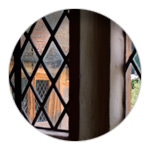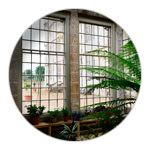If you saw the BBC 2 serial Wolf Hall, you will have seen a little of the inside of Montacute House in Somerset. If you didn’t see it, then visiting Montacute will help seed your imagination with Elizabethan plots and intrigues. It’s the windows and their wonderfully uneven glazing that did it for me.
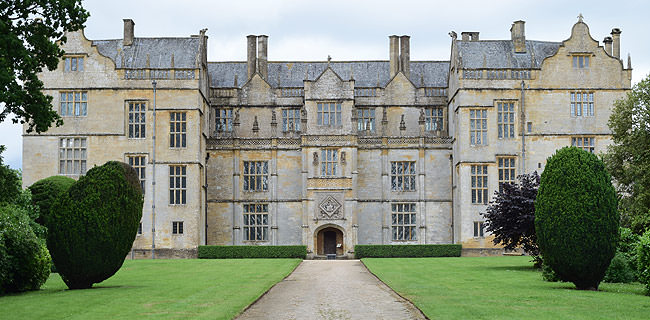
The Wiltshire manor house of Wulfhall, which gave its name to Hilary Mantel’s historical novel, no longer exists so the BBC used various stand-in properties during their filming of the TV series, one of which was Montacute. The novel documents the rise of Thomas Cromwell in the early 1500s and Montacute was not completed until the end of that century, but its status as a Grade I listed building from the Elizabethan era made it a convincing choice of location.
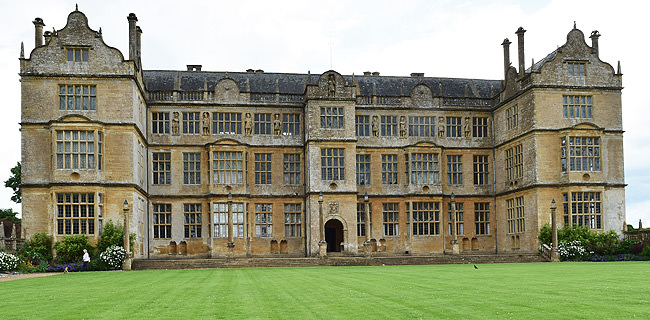
The house was built by Sir Edward Phelips, an early and powerful parliamentarian, and the house was occupied by his descendants until the early 20th century. Lord Curzon, statesman and Viceroy of India, lived there with his mistress Elinor Glyn before the National Trust acquired the property in 1927.

Our guide was emphatic that heavily-glazed façades were indicative of great wealth because glazing at the time was extraordinarily expensive. Montacute excelled in this regard with its profusion of mullioned windows, particularly noticeable on the east façade, which was the original approach to the house. The second-floor Long Gallery is spectacular in this regard.


The property is adorned with many examples of heraldic glazing which are original and have – remarkably – retained much of their lustre. Here the motto of the Order of the Garter “Honi soit qui mal y pense” (“Shame on he who thinks evil of it”) seems as vibrant today as it might have been when it was first painted and fired.

Faces and glimpses of the past
By some special genius, Montacute’s Long Gallery, at 52 metres in length and apparently the longest surviving long gallery in England, is also an outpost for the National Portrait Gallery. With its extraordinary east wall of glazing draped with curtains, the gallery and its adjoining chambers are crammed with paintings on loan from the NPG. Elizabethan notables, some of whom will have visited Montacute, stare out from some exquisitely-preserved canvases, such as this portrait of King James I of England and VI of Scotland after John De Critz the Elder, circa 1606:
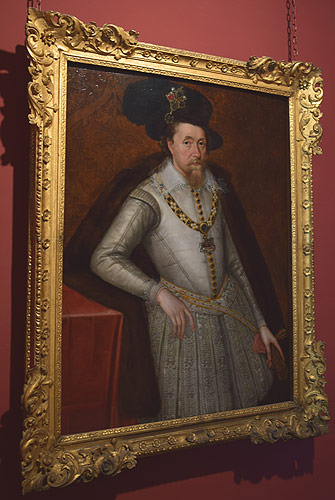
… or this of Letitia, Viscountess Falkland by Cornelius Johnson:

This profusion of portraits helps set imaginary scenes in period situ of faces peering through glazing, waiting, glimpsing, falsely hoping, frightened for what messenger may arrive with God knows what missive. Great stuff!
Montacute’s gardens
As with many National Trust properties, the gardens at Montacute are superbly maintained. They were well established by the mid-1600s and have been rearranged and worked on over the generations. Even on a heavily-overcast day, the place is sumptuous.


